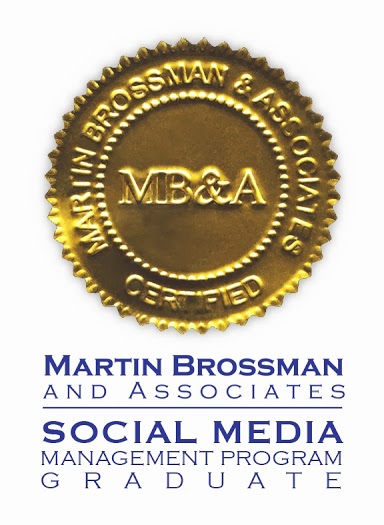New knowledge is the most valuable commodity on earth. The more truth we have to work with, the richer we become.
Kurt Vonnegut, Breakfast of Champions
I am enough of an artist to draw freely upon my imagination. Imagination is more important than knowledge. Knowledge is limited. Imagination encircles the world.
Albert Einstein
Why is it that the man known for his art and imagination reveres knowledge, while the man known for his science and knowledge reveres imagination? A quick search of the first pages of Google failed to turn up the text of the original Saturday Evening Post article (“What Life Means to Einstein: An Interview by George Sylvester Viereck,” October 26, 1929, The Saturday Evening Post) which carried the interview with Einstein. I’d love to read the question that prompted his reply. It’s quoted everywhere; IMO, by people who could stand to invest in a bit more knowledge that supported their imagination. Wikipedia doesn’t hesitate:
In various spheres, however, even imagination is in practice limited: thus a person whose imaginations do violence to the elementary laws of thought, or to the necessary principles of practical possibility, or to the reasonable probabilities of a given case is regarded as insane.



Follow Us!